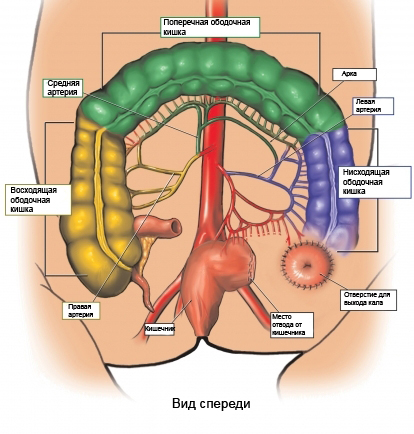Proctatresia – Imperforate anus
Description anal atresia
Anal atresia is a congenital disease, in which the opening of the anus is absent or impeded. In most cases, anal atresia can be cured.
Causes proctatresia
Anal atresia is a congenital defect, detectable at birth.
Risk factors for anal atresia
Factors, which increase the chance of developing anal atresia:
- Birth with other birth defects;
- Gender male.
Simtomy anal atresia
These symptoms may be caused by other diseases. You must inform your doctor, if the child has any they:
- No anal birth;
- Anus located in the wrong place;
- It does not pass the first stool within 24-48 hours after birth;
- Chair excreted from the body through the vagina, penis, moşonku, or urethra;
- Opuhanie life;
- No bowel control up to 3 years.
Diagnosis of anal atresia
Doctor examines, and can assign the following tests:
- Physical examination, to determine the presence and location of the anus;
- Abdominal x-rays – take a picture of structures in the abdomen;
- Enema – injection of produced fluids into the intestine through the anus (for cleaning or examination).
Treatment of anal atresia
Treatment involves the following procedures:
Surgery
Is performed to restore the anus.
Colostomy
Temporary surgical procedure, to help the body get rid of waste, until the disease is not cured. In this procedure, It is withdrawing from the rectum to the outside in the area of the belly (colostomy), and wastes are collected in a special container.

Prevention anal atresia
Because it is a congenital disease, methods of prevention does not exist.
